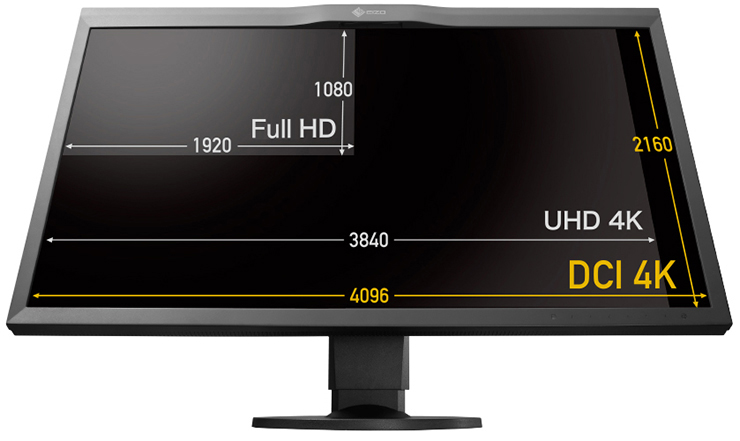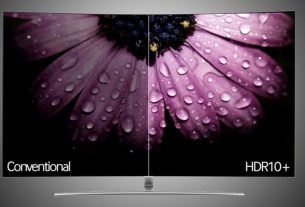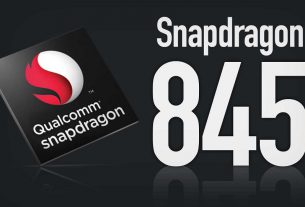Shopping for any kind of display device – from phones to TVs – and you are going to come across some rather confusing terms and acronyms that you will need to get your head around if you wish to work out the resolution that you are dealing with.
So you’ll better tell one model from another, we’re here to clarify the variations between the standard terms and therefore the resolutions they refer to – do not forget the sharpness of your display, the pixels-per-inch, depends on the resolution and the size of the screen.
In other words, a 2,560 x 1,440-pixel display is going to appear pin-sharp on a smartphone but will not look so nice stretched across forty or fifty inches of space. just remember a higher range of pixels does not always mean a sharper screen because the dimensions matter too.
HD and Full HD
 To start at the lower end, HD is High Definition, and when the term 1st appeared in relation to tv sets it could mean anything with 720 rows of pixels and up – usually that meant 1,280 x 720 pixels.
To start at the lower end, HD is High Definition, and when the term 1st appeared in relation to tv sets it could mean anything with 720 rows of pixels and up – usually that meant 1,280 x 720 pixels.

Full HD upped that to 1,080 rows and a typical resolution of 1,920 x 1,080 pixels. in the early days of HD tv you’d see references to both 1080i (interlaced) and 1080p (progressive) – the interlaced technology was a throwback to the TV sets of old, where one frame would show the even lines of the picture and the next frame would show the odd lines, effectively halving a number of frames.
1080p, in contrast, draws the complete image for each frame and is thus considered preferable. these days you will almost exclusively see 1080p mentioned if the “i” or “p” are included at all (if no letter is shown, it is very probably 1080p).
QHD, WQHD, and 2K
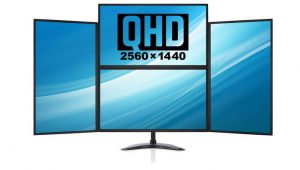 Display resolutions did not stick at Full HD for long, and therefore the next step up the ladder was Quad High Definition, or QHD – 2,560 by 1,920 pixels, the standard for many a flagship phone right now.
Display resolutions did not stick at Full HD for long, and therefore the next step up the ladder was Quad High Definition, or QHD – 2,560 by 1,920 pixels, the standard for many a flagship phone right now.
You can fit four 1,280 x 720 displays within a QHD screen, hence the Quad name.
A lot of phones still make use of Full HD although, and whether you can tell the difference on a five or 6 in. the screen is debatable; that said, it actually appears better on a specs sheet, which may be why several phone makers have gone for it.
 The same specification is also often pointed to as Widescreen Quad High Definition (WQHD), just to emphasize the 16:9 aspect ratio. WQHD and QHD are actually referring to the same specification.
The same specification is also often pointed to as Widescreen Quad High Definition (WQHD), just to emphasize the 16:9 aspect ratio. WQHD and QHD are actually referring to the same specification.
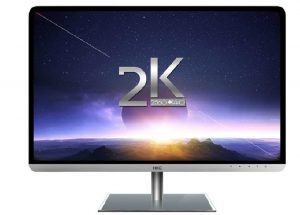 Then there 2K, that is somewhat erratically applied across the industry, But technically speaking can suggest to any display where the larger dimension measures over 2,000 pixels (so 2,048 x 1,080 for example). However, WQHD & QHD are often labeled as 2K as well, because they’re half the height and half the width of 4K, so you have got 3 different terms for the same display resolution.
Then there 2K, that is somewhat erratically applied across the industry, But technically speaking can suggest to any display where the larger dimension measures over 2,000 pixels (so 2,048 x 1,080 for example). However, WQHD & QHD are often labeled as 2K as well, because they’re half the height and half the width of 4K, so you have got 3 different terms for the same display resolution.
4K and UHD
 4K 1st arrived as a cinema standard with 4,096 by 2,160 pixels, hence the 4K name, but in consumer electronics it’s morphed to mean 3,840 by 2,160 pixels – so there is no four thousand within the specification but it’s four times the dimensions of Full HD (you will fit four Full HD screens inside a 4K one).
4K 1st arrived as a cinema standard with 4,096 by 2,160 pixels, hence the 4K name, but in consumer electronics it’s morphed to mean 3,840 by 2,160 pixels – so there is no four thousand within the specification but it’s four times the dimensions of Full HD (you will fit four Full HD screens inside a 4K one).
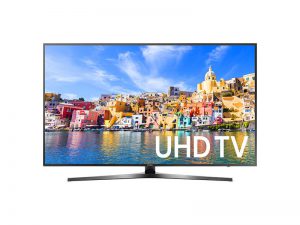 UHD (ultra High Definition), means that exactly the same factor – 3,840 by 2,160 pixels. Some people like to keep the distinction between 4K and UHD clear, but the term 4K is currently used so frequently for gaming consoles and TVs that everybody uses its shorthand to the 3,840 x 2,160 resolution.
UHD (ultra High Definition), means that exactly the same factor – 3,840 by 2,160 pixels. Some people like to keep the distinction between 4K and UHD clear, but the term 4K is currently used so frequently for gaming consoles and TVs that everybody uses its shorthand to the 3,840 x 2,160 resolution.
So many hardware manufacturers place a 4K UHD label on their products just to hide all their bases, while technically talking 2160p could also be used to mean both types of 4K and UHD.
There are so many pixels in 4K – over eight million – that there is not much point in packing them into a smartphone display (though some have tried). you are much more likely to see this resolution on big screen monitors and tv sets.
Other Display Resolution
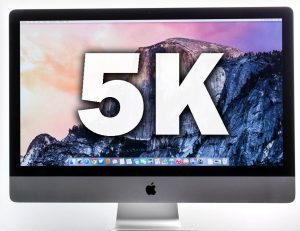 Those are the main terms you are going to come across in your on-line travels but other display resolutions are out there – Wikipedia has a comprehensive list. Some makers are already pushing 5K (5,120 x 2,880), or 8K (7,680 x 4,320), but even on the foremost massive screens, it is not clear whether the human eye will really tell the difference – so whether these formats are actually ever used remains to be seen.
Those are the main terms you are going to come across in your on-line travels but other display resolutions are out there – Wikipedia has a comprehensive list. Some makers are already pushing 5K (5,120 x 2,880), or 8K (7,680 x 4,320), but even on the foremost massive screens, it is not clear whether the human eye will really tell the difference – so whether these formats are actually ever used remains to be seen.
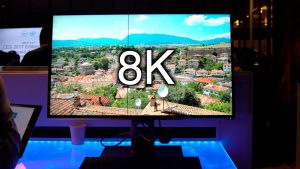
\
Apple released “A Guided Tour” for the iPhone X for teach people

